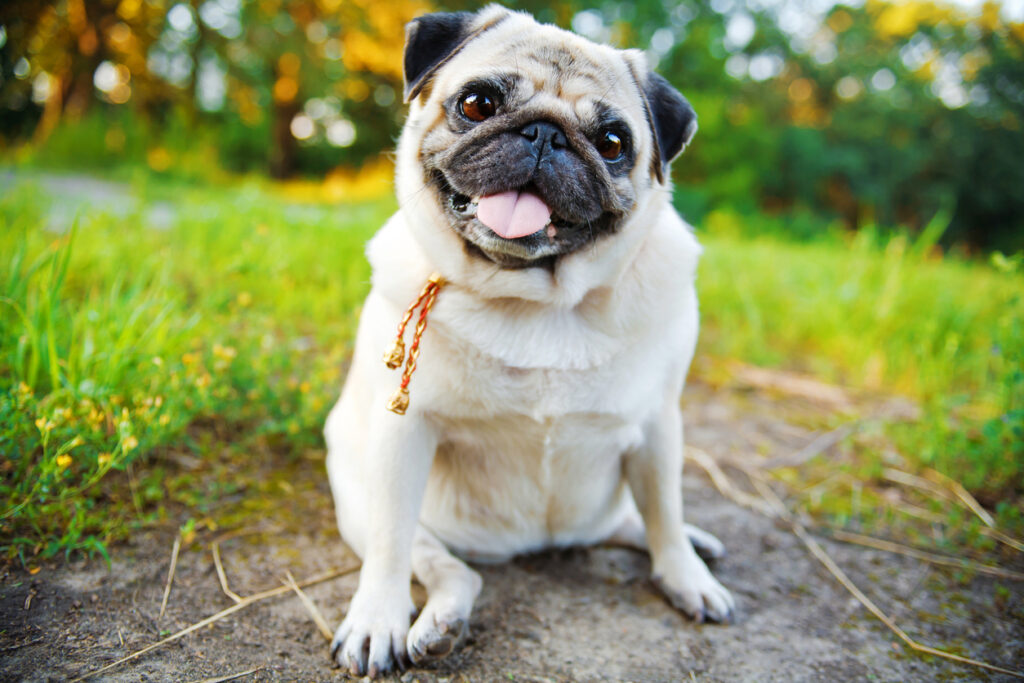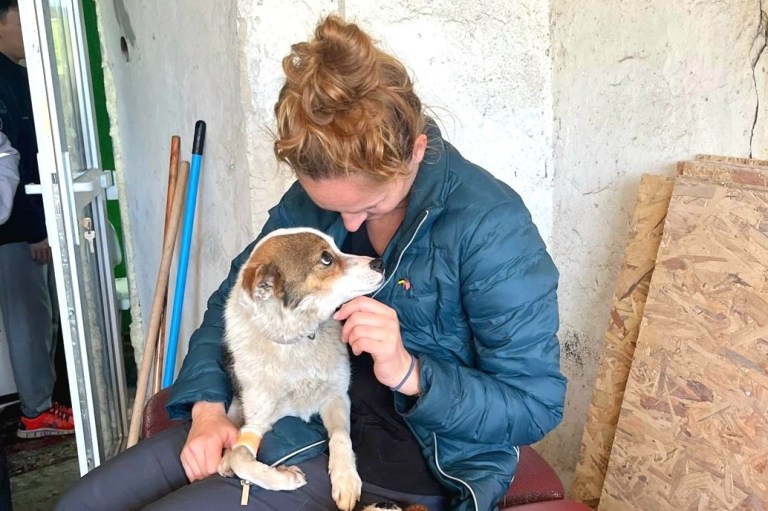Humans domesticated dogs about 30,000 years ago, even before we domesticated horses, and canines have continued to prove their importance to humanity ever since. We’ve observed emotional intelligence in our pups again and again — from sitting on our laps when we’re feeling low to saving their owners from danger.
But do they show positive emotion like people do by smiling? It’s a question many pet parents have likely pondered, and one that researchers are digging into. For humans, smiling is a universal gesture known by every language and culture, signifying happiness and friendliness. When it comes to our four-legged furry friends, the short answer is yes, they can smile, but there’s more to it than that.
In a 2017 study published in Scientific Reports, dogs displayed the ability to make facial expressions such as smiling, but the research also found that what we observe as grins could have a different meaning than what we might expect. While dogs showed expressions based on positive stimuli, they demonstrated different facial expressions compared to humans.
In a recent interview with USA Today, veterinary behavior specialist Dr. Lore Haug broke down her interpretation of a dog’s smile.
“It is essentially an appeasement greeting behavior that seems to be directed only at people,” Haug told the outlet. “Dogs don’t do this true smiling behavior to other dogs.”
Haug called smiling in canines — when they pull back one or both lips and expose teeth — a form of “submission,” with dogs deferring to their owner. Veterinarian Christopher Pachel confirmed to Reader’s Digest that dogs have a “relaxed” expression that some may interpret as a smile. “One is a soft, relaxed, open-mouth expression that is more likely to be shown when a dog is comfortable, content, and otherwise in a low emotional arousal state,” he explained of the former.
In the latter, dogs may also smile with their pearly whites. “You might see this expression when a dog is slightly nervous, panting, or otherwise using their body-language communication to defuse a situation they may perceive as somewhat uncomfortable, threatening or stressful,” Pachel said.
But pet owners shouldn’t fret too much about what a pup’s “smile” does or doesn’t mean, because they also show their love for their humans in other ways. For example, according to a study from the National Library of Medicine, dogs tend to gaze into their owners’ eyes, a gesture that increases the level of oxytocin (one of the “happy hormones”) in both pet and parent. Another study noted that puppies seem to synchronize with people at an early age, while other research has pointed to tail wags and face licks as evidence of a dog’s happy emotions.













Pingback: The Incredible Reason Some Dogs Smile at Their Owners – dailydogclub.com